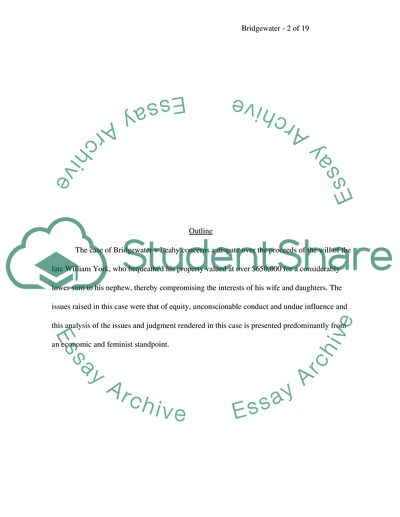Cite this document
(“Critical Case Comment Essay Example | Topics and Well Written Essays - 2500 words”, n.d.)
Critical Case Comment Essay Example | Topics and Well Written Essays - 2500 words. Retrieved from https://studentshare.org/miscellaneous/1535056-critical-case-comment
Critical Case Comment Essay Example | Topics and Well Written Essays - 2500 words. Retrieved from https://studentshare.org/miscellaneous/1535056-critical-case-comment
(Critical Case Comment Essay Example | Topics and Well Written Essays - 2500 Words)
Critical Case Comment Essay Example | Topics and Well Written Essays - 2500 Words. https://studentshare.org/miscellaneous/1535056-critical-case-comment.
Critical Case Comment Essay Example | Topics and Well Written Essays - 2500 Words. https://studentshare.org/miscellaneous/1535056-critical-case-comment.
“Critical Case Comment Essay Example | Topics and Well Written Essays - 2500 Words”, n.d. https://studentshare.org/miscellaneous/1535056-critical-case-comment.


